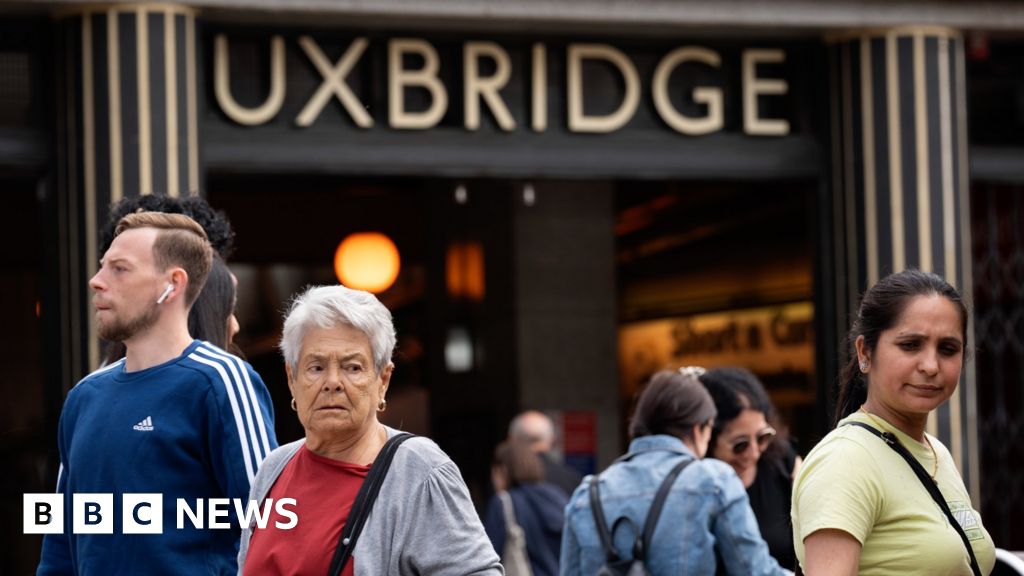

Same story here.
Teachers want to teach but what they’re asked to achieve is impossible without working 60-70 hour weeks.
And when people talk about all the holiday they receive: all the teachers I know use that time to crash, become ill, recover, and then they’re back to work.













Top tip: Provided you’ve not received a PCN from the council… do not pay, and do not contact the company EVER, not even to contest the PCN.
These parking charges are a civil matter, not criminal, and essentially the parking operator is claiming you broke a contract with them, which you had agreed to when you parked your car.
If you refuse to pay they can take you to court but are unlikely to, and they can only claim the reasonable damages of you breaking the contract.
You will likely receive threatening letters from the parking operator up until you actually go to court.
Any threats of bailiffs is total BS. Only the court can send bailiffs and only if you don’t pay what the court has demanded.
As the article says, these companies make their money by people paying uncontested fines.
(IANAL)